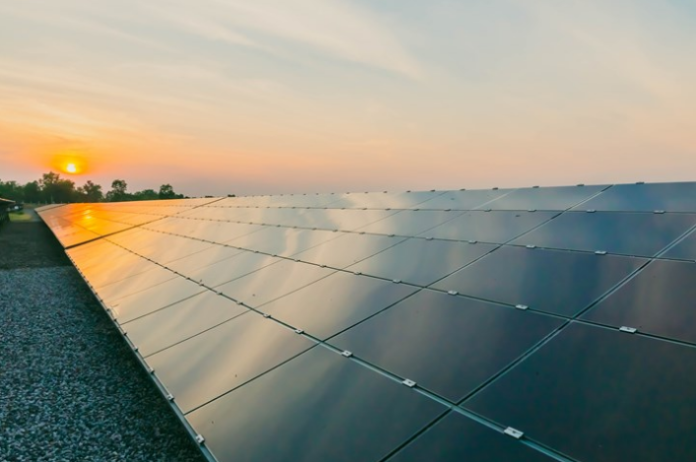As part of its Zero Impact Factory Programme, Volkswagen’s factory in Kariega, in South Africa’s Nelson Mandela Bay area, is making steady progress towards being carbon neutral by 2030. The company is focusing on several initiatives in key areas such as growing more green spaces, water recycling and rainwater harvesting, and reducing the plant’s energy intensity through energy efficiency initiatives.
VW South Africa (VWSA) is also increasing the penetration of electricity from renewables via onsite solar PV installations along with planned offsite wind farms coupled with electricity wheeling arrangements. Electricity wheeling is the act of transporting electricity from a generator to a remotely located end-user through the use of an existing distribution or transmission system. This may also be done across multiple different distribution networks, such as through the national utility company, Eskom, to a municipality.
In terms of energy intensity, the VW factory has managed to reduce this by 54% from 2010 to 2023 year-to-date. CO2 reductions have also been reduced by up to 54% from 2010 to 2023 year-to-date. VWSA has a 200kl storage facility for harvesting rainwater that is coupled with an intelligent fully automated distribution system that feeds production related processes at the plant.
One of the developments I was very excited to see during a recent visit to the vehicle manufacturing plant was the 1.5 MW solar PV installation on the vehicle assembly section’s roofs. VWSA also has 0.8 MW of solar PV that was installed at its engine plant. A further 3 MW is set to be installed by 2024 at the VW factory. This is just about what is feasible to install onsite, taking into consideration all the roofs that can handle the weight of the solar panels as well as the available parking lots for solar carport installations. This will bring the total onsite solar installation to 5.3 MW!
In the future, VW plans to complement this with wind generated power to be installed at a site which is about 40km from the factory in the Nelson Mandela Province under a wheeling arrangement with the Nelson Mandela Bay Municipality. The wind farm will generate about 50,000 MWh per year and is planned to be fully integrated by 2026. VWSA also has another wheeling agreement with PowerX to purchase over 6,300 MWh of electricity from renewables. All this, coupled with several other initiatives, will result in further CO2 emissions reductions by up to 72% from the 2022 base case.
The VW factory plays a big role in the local Nelson Mandela Bay economy as well as the South African economy. The Chairperson and Managing Director of VWSA, Martina Biene, says in 2022, the company contributed the equivalent of $16.5 million in salaries, wages, and benefits, $1.7 million in rates and taxes to the Nelson Mandela Bay Metro, $6.91 million in electricity, water, and waste removal, as well as supporting 1,171 suppliers. VWSA also has over 4,000 direct employees and also supports over 50,000 indirect employment opportunities.
It is really good to see VW taking all these initiatives for the South Africa factory towards being carbon neutral by 2030. VW has an overall vision to grow its footprint across Africa, and electric mobility is part of this vision.






